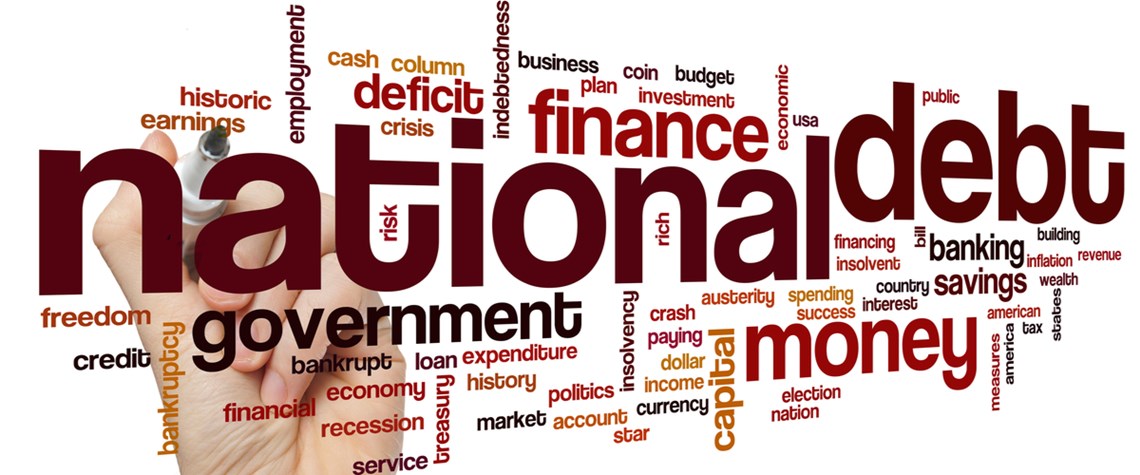Mission net zero – part two: economics
Soaring government debt relative to GDP in wake of Covid-19 leaves economists divided over best approach to funding the transition
The first part of this three-part series for Transition Economist explored the scale and cost of transforming the global energy system to net-zero emissions by 2050. Part two looks at whether governments around the world can afford to cover their share of the cost, especially after taking on massive debt to counter the negative economic impact of Covid-19. Mainstream economic theory—Keynesian and monetarist alike—suggests it will be difficult, as it will require the reprioritisation of spending from a smaller overall pool of discretionary funds, since governments will have to repay their Covid debt over time to restore debt-to-GDP ratios to more reasonable levels on a historical basis. By

Also in this section
10 December 2025
Net zero is not the problem for the UK’s power system. The real issue is with an outdated market design in desperate need of modernisation
28 November 2025
The launch of the bloc’s emissions trading system in 2005 was a pioneering step, but as the scheme hits 21 its impact as a driver of decarbonisation is still open to debate
18 November 2025
Vicki Hollub, president and CEO of Occidental, has been selected as the 2026 recipient of the Dewhurst Award, the highest honour bestowed by WPC Energy. The Dewhurst Award celebrates exceptional leadership, groundbreaking innovation and a lifetime of significant achievements in sup-port of the development and advancement of the energy industry.
11 November 2025
Transition policies must recognise that significant industrial demand for carbon will continue even as economies hit net zero







